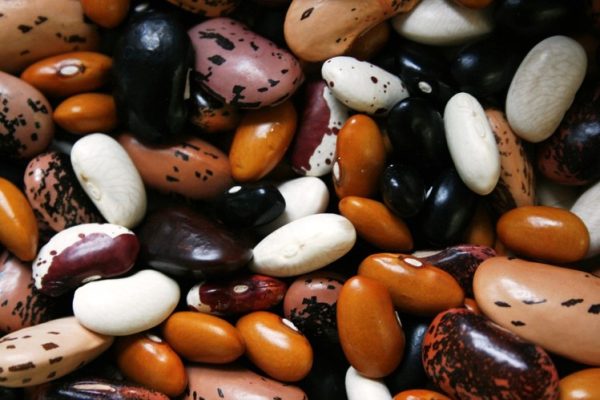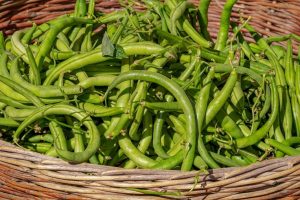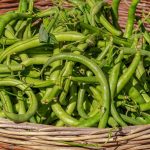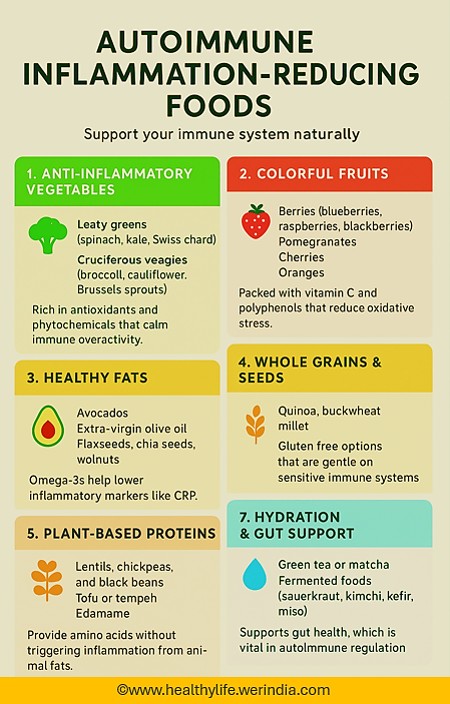
Understanding Saponins In Your Food
Sometimes when we boil dal or lentil, we can see soap like foamy structure settling on top of water and overflowing. This is due to a natural chemical compound that is present in certain group of food called saponins. They belong to a class of chemical compounds called glycosides. Saponins have soap like properties, which means they can form a lather when mixed with water. These compounds play various roles in plants, including protection against pathogens and pests. In human nutrition, saponins have been studied for their potential health benefits as well as for their side effects.
Common food sources of saponins:
- Legumes: Beans, lentils, and peas are rich in saponins. The outer layers of these legumes often contain higher concentrations of these compounds.
- Quinoa: This pseudo-cereal contains saponins in its outer coating. Rinsing quinoa thoroughly before cooking can help reduce its saponin content.
- Vegetables: Some vegetables, such as spinach and asparagus, contain saponins. However, the levels are generally lower compared to legumes and certain grains.
- Herbs: Certain herbs, like ginseng and licorice, are known to contain saponins.
- Fruits: Some fruits, like berries and tomatoes, may contain saponins in smaller amounts.
Potential health benefits of saponins:
- Antioxidant properties: Saponins have been studied for their antioxidant properties, which may help neutralize harmful free radicals in the body.
- Anti-inflammatory effects: Some studies suggest that saponins may have anti-inflammatory effects, which could be beneficial for conditions related to inflammation.
- Immune system modulation: There is research indicating that saponins may have immunomodulatory effects, potentially influencing the activity of the immune system.
- Cholesterol reduction: Certain saponins, particularly those found in legumes, have been investigated for their potential to lower cholesterol levels.
While saponins in moderate amounts from natural food sources are generally considered safe for most people, there can be potential side effects to keep in mind:
Gastrointestinal distress: Saponins may cause gastrointestinal discomfort in some individuals. This can include symptoms such as bloating, gas, or diarrhea. Cooking or processing foods that contain saponins can help reduce these effects.
Interference with nutrient absorption: Saponins can bind to minerals like calcium and iron, potentially interfering with their absorption. This is why saponins are sometimes classified as antinutrients. However, the impact on nutrient absorption can be minimized through cooking or other food processing methods.
Toxicity in high amounts: In higher concentrations, some saponins can be toxic. However, the levels of saponins found in foods are generally well below toxic levels. It’s important not to consume excessive amounts of concentrated saponin extracts or supplements.
Allergic reactions: While rare, some people may be allergic to specific saponins. Allergic reactions can range from mild symptoms like itching and hives to more severe reactions.
Hemolytic effects: Certain saponins have been shown to have hemolytic properties, meaning they can break down red blood cells. However, the concentrations required for this effect are typically higher than those found in normal dietary intake.
Impact on the gut microbiota: Saponins may have interactions with the gut microbiota, influencing the balance of beneficial bacteria. The implications of interaction between the two on human health is not fully understood and research is going on.
It is crucial to emphasize that most people can consume saponins as part of a balanced diet without experiencing adverse effects. The individual responses to saponins may vary, and more research is needed to fully understand their potential health effects. When you eat foods that contain higher level of saponins and you see any type of side effects or have health concerns or dietary considerations, talk to your doctor or a dietitian.
Image credit: Image by Jan Nijman from Pixabay (Free for commercial use)
Author: Sumana Rao | Posted on: January 6, 2025
« Why Having Early Dinner For Diabetes Condition Is Good? Parenting Is Willing To Learn And Grow Alongside The Child »






















Write a comment